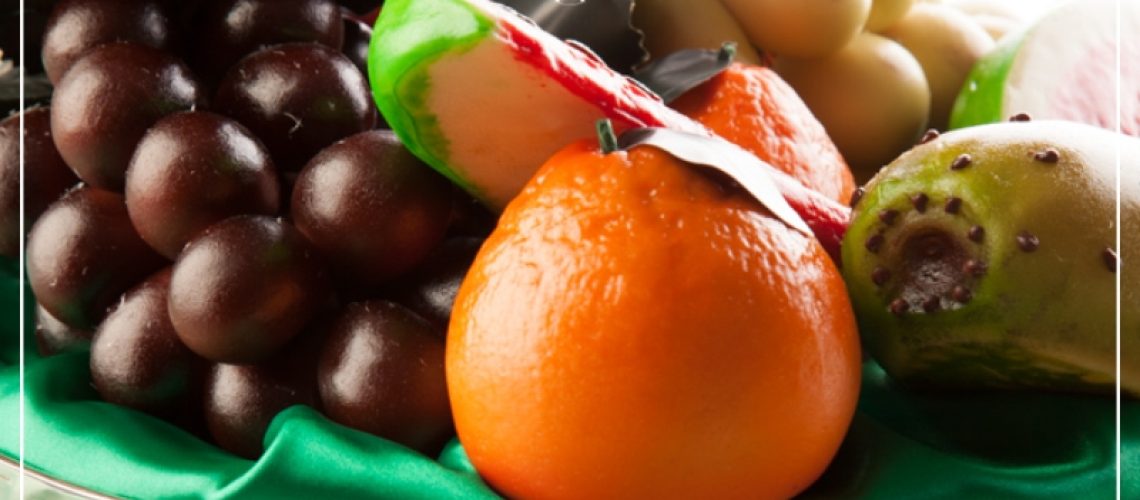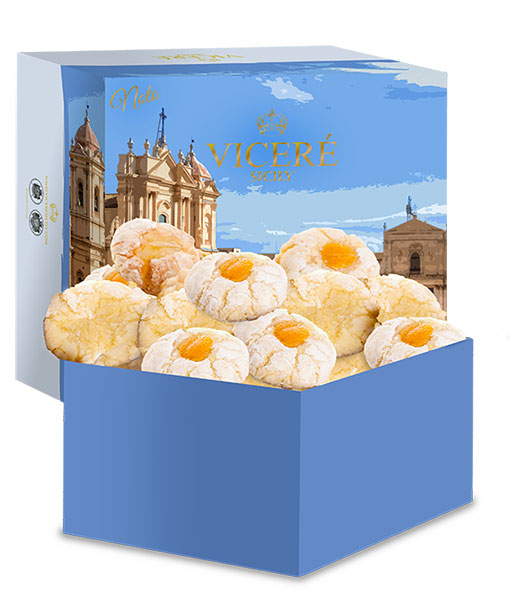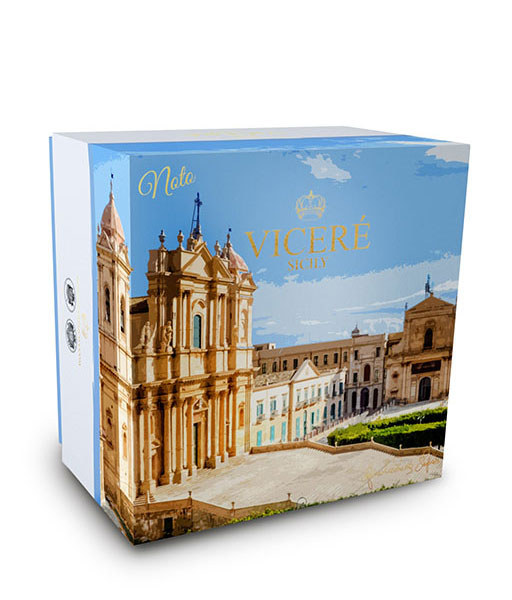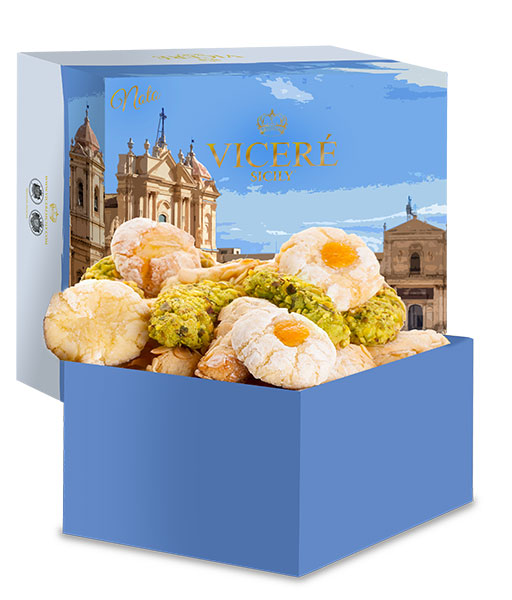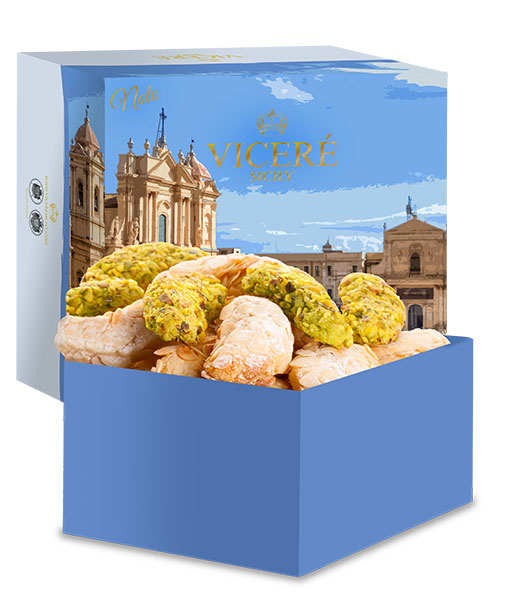Mount Etna, at the center of fantastic stories and myths
Throughout a millennial history, which sinks its roots well before the advent of any noble and aristocratic family, Mount Etna – ‘A Muntagna for the inhabitants of the Catania province – has been at the center of fantastic stories and myths that have significantly shaped the Sicilian culture.
The Volcano, an essential naturalistic element of the island, has always imposed its presence and inspired stories and songs by the nineteenth-century bourgeois class. The noble families admired it, fearing catastrophic events such as the eruption that in 1669 threatened to damage the Ursino Castle, during the reign of Viceroy Charles II of Sicily, while the bourgeois and peasant classes drew food and economic sustenance from it.
Mount Etna, source of inexhaustible wealth
The fertile properties of the volcanic soil in front of Mount Etna have always been a source of boundless wealth. The territory of the plain of Catania, those barren and mountainous expanses of high-altitude villages, have always bestowed fruits that stood out on the table of the aristocratic and bourgeois families of the time. The latter, great admirers of Sicilian oranges – priceless asset for the Region and main ingredient of a whole range of quality pastries – even started in a fully autonomous way to plant different species and varieties of them, at that point autochthonous throughout the area.
The fruits of Etna, the main ingredient in the creation of desserts
Iconic is the case of the strawberry fields in Maletto. The town to the north east of Etna, in fact, was in 1780 the designated goal of the Duke of Nelson, who decided to buy several plots of land to grow strawberries, watering the plants through the numerous aquifers available underground. Around the same time, the monks at the monastery of St. Nicholas in Nicolosi began to grow the Cola apples, a species only found in Sicily, which was highly sought after by the emerging middle class.
In some way, the crops and the products of Etna were a real treasure for everyone, a treasure quite similar to the economic wealth owned by the wealthiest classes. Today, society has changed but the care for the typical produce of the earth and the scents of Sicily has remained the same and the fruits of Etna, this shared Sicilian gold, make up the basic ingredients in the creation of sweets with distinctive aromas and flavors.
It is from this consciousness that our sweet creations are born, such as the Martorana dei Viceré – a centuries-old Sicilian marzipan made with almonds, sugar and honey – which reproduces the shape of the fruits of Etna with the aim to satisfy the most noble and discerning of palates.
